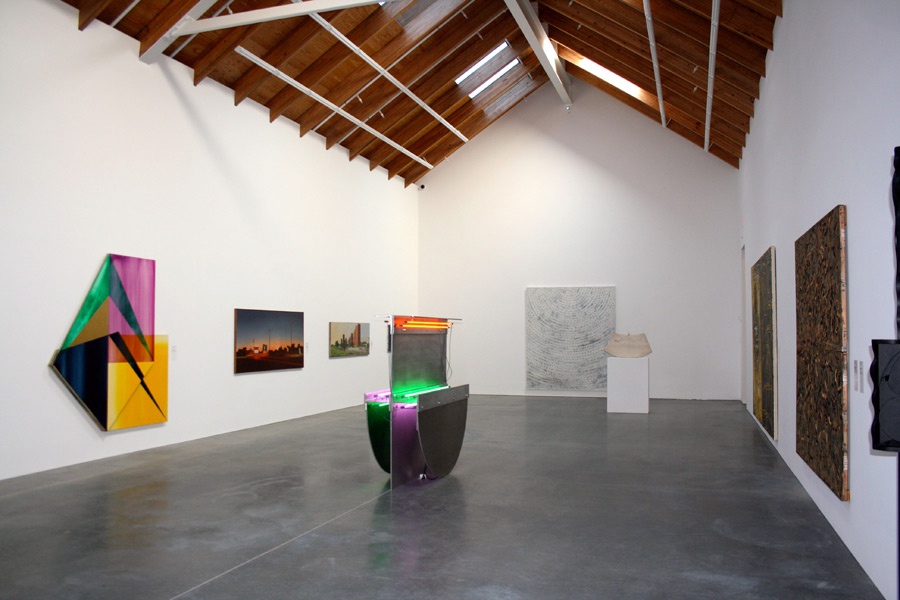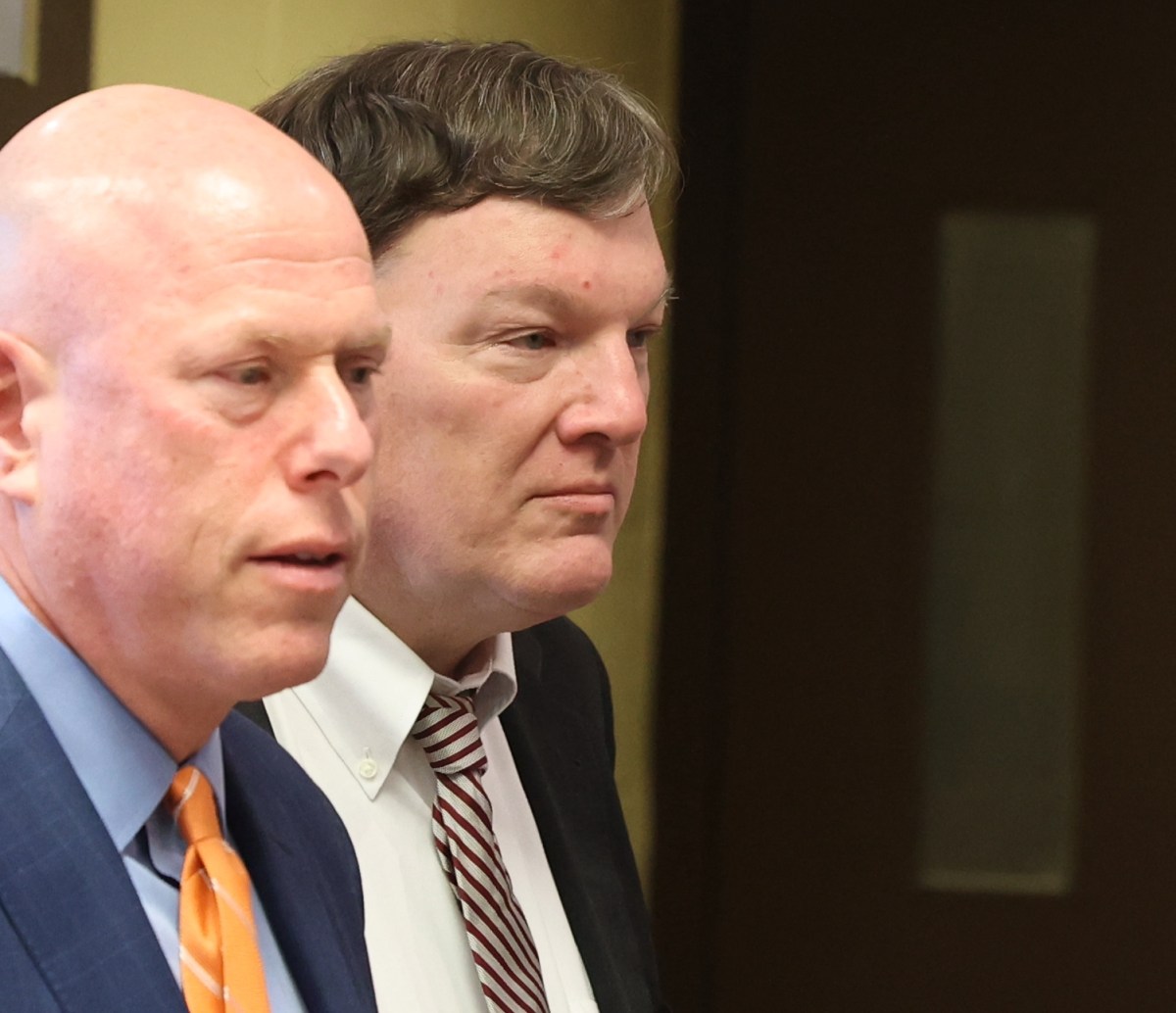Parrish Art Museum in Water Mill: Year One

As it celebrates its first anniversary this fall, the elegantly expansive 34,000-square-foot Parrish Art Museum in Water Mill, designed to suggest an extended potato barn, continues to dazzle.
It’s “probably the most photographed art museum in the country,” says the Parrish’s executive director, Terrie Sultan.
And no wonder. Its striking north-south skylights and window walls offer an ingenious mix of natural and interior light. It exemplifies, in striking modernity, the spirit of the region, calling to mind the repurposed barns that many East End artists have been working in for years, carrying on both historical and contemporary traditions. But, despite its sleek, white-roof geometry, the Parrish “is not a contemporary art museum,” Sultan notes.
This fact is evidenced by a permanent collection that focuses on the late 19th to early 20th century, some of which is on display in dedicated rooms. The mission of the Parrish remains what it has always been—to celebrate what Sultan calls “the creative legacy of the East End.” That said, it’s obvious that the mission has been imaginatively reinterpreted to engage the public with more than the expected fare.
Summer brought in two special exhibits: “Angels, Demons and Savage: Pollock, Ossorio, Dubuffet,” the first such exhibition to explore “their cross-cultural artistic dialogue” during the years 1948–1952, and “Michelle Stuart: Drawn from Nature,” featuring the artist’s unusual environmentally significant engagement with the natural world—multi-media earth works that draw on historical and contemporary cultures. Both exhibitions remain on view through October 27.
Work from the Parrish’s permanent collection is displayed throughout the museum in various open rooms, most named for museum benefactors, and in the main hallway, which stretches along the length of this impressive building. The first room featured a well-considered selection of modern and contemporary works, mostly large square paintings, by the likes of Louise Nevelson, Donald Sultan, Ross Bleckner, Eric Freeman and Dan Christensen.
One of the most striking spaces in the museum is the Harriet and Esteban Vicente Gallery, a wide-open break in the hallway with work by East Enders Richmond Burton, Billy Sullivan and April Gornik, among others. “Tambourine Frappe,” a monolithic 2010 sculpture of crushed cars by John Chamberlain, is the room’s most stunning feature, and tall, crystal clear floor-to-ceiling windows appear like doors to the outside, giving the space and the work within in it plenty of light and breathing room.
Next, the Robert Lehman Foundation Gallery includes a brilliant collection of landscapes spanning three centuries, from iconic William Merritt Chase scenes of Shinnecock Hills and the work of Frederick Childe Hassam, to paintings by Fairfield Porter, Nicolai Cikovsky, Sheridan Lord, and even a video installation by Peter Campus. The adjoining Susan Weber Gallery has more landscapes and portraits by Chase, followed by the Century Arts Foundation Gallery, loaded with works by Porter.
The Peter Jay Sharp Foundation Gallery across the hall has an extensive array of Vicente paintings and sculpture, and it flows into a sparsely hung gallery with Flavin’s light sculpture “Three Nominal Poles” and an iconic 1983 oil by Willem de Kooning, as well as pieces by Jack Youngerman and Keith Sonnier.
The Parrish Art Museum has more to offer than just an incredible collection of art. Year-round, the museum offers film screenings, performances, panel discussions and conversations. The museum has also initiated PechaKucha Nights—a mini-lecture format inviting 10 members of the community to present 20 slides at 20 seconds each. And this fall, the Parrish has plenty in store for us.
The Salon Series, featuring concerts by young, talented musicians from around the world, begins at 6 p.m. each Friday and runs through November 1. Open Studio for Teens—a workshop for young artists to develop observation, drawing and paintings skills with guidance from instructors and inspiration from the Museum’s collection—will take place on Saturdays October 5, November 2 and December 7. Younger artists can take part in After School Art workshops. And mark your calendars for the upcoming exhibition “Artists Choose Artists,” November 10, 2013 through January 19, 2014.
The Parrish Art Museum, 279 Montauk Highway, Water Mill, 631-283-2188. Museum hours are Wednesday through Monday, 10 a.m.–5 p.m., and 10 a.m.–8 p.m. on Fridays. Guided tours are available on Sunday, Monday and Saturday at 2 p.m. Visit parrishart.org for more information.



